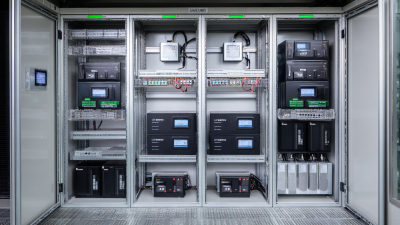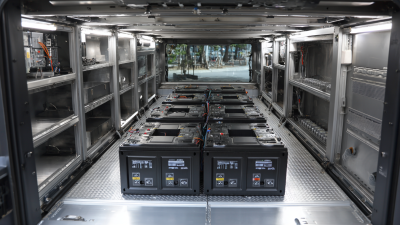
-
Home
-
Company
-
Products
-
News
-
FAQs
-
Blog
-
Contact
-
Phone
-
E-mail
-
Whatsapp
Leave Your Message

The increasing demand for energy storage solutions in various sectors, from renewable energy to electric vehicles, has highlighted the importance of efficient battery technologies. Among these, the 51.2 V 160ah Lithium batteries have emerged as a frontrunner due to their high energy density and longevity. Recent industry reports indicate that the global lithium-ion battery market is expected to grow significantly, projected to reach over $150 billion by 2025, with advanced battery systems like the 51.2 V 160ah model playing a crucial role in this expansion. These batteries not only enhance energy efficiency but also contribute to sustainability efforts by reducing reliance on fossil fuels. With advancements in battery technology and increased adoption in solar energy storage systems, understanding the capabilities and advantages of 51.2 V 160ah Lithium batteries is essential for stakeholders looking to capitalize on this growing trend.
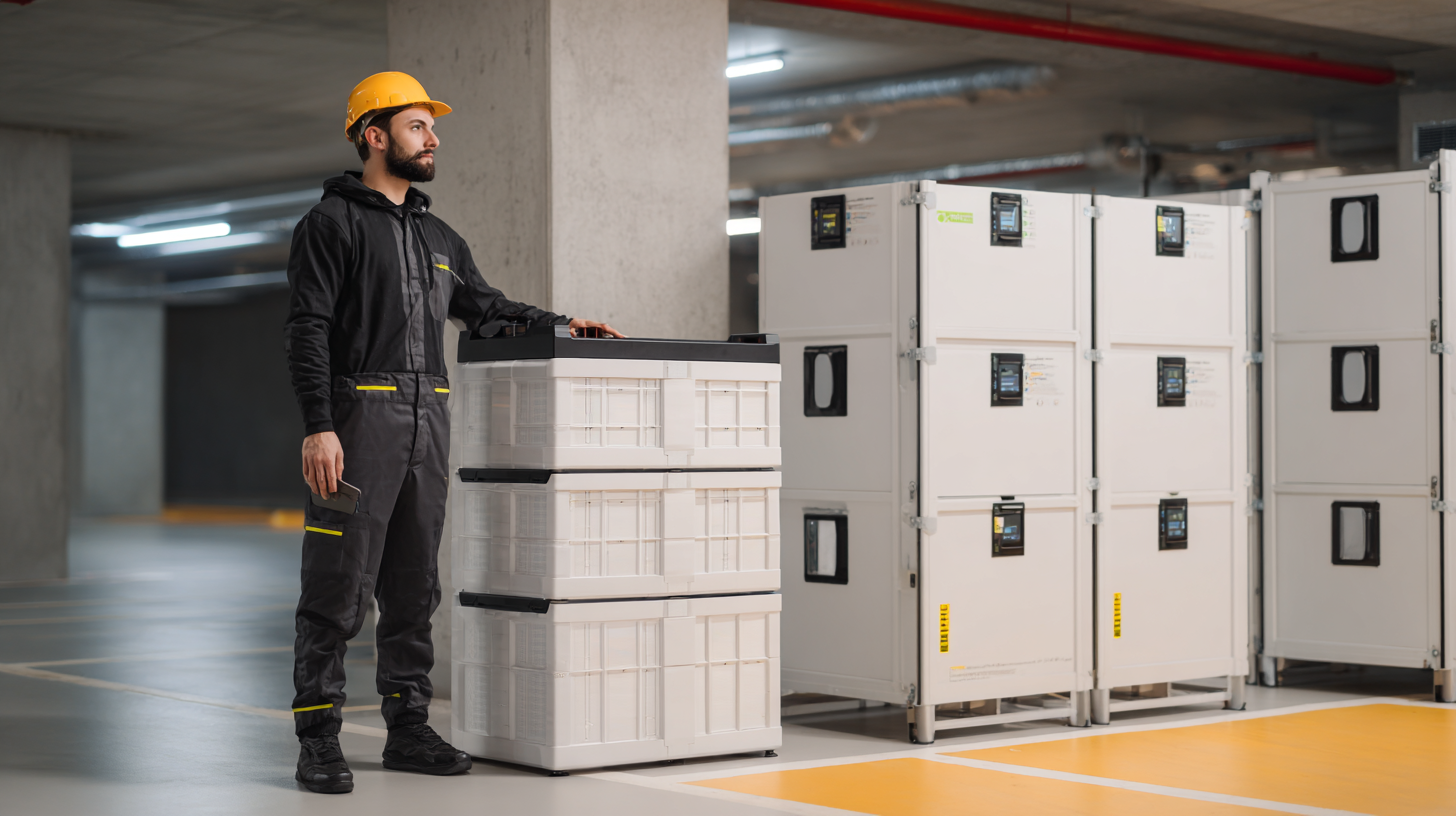
The 51.2 V 160Ah lithium batteries represent a significant advancement in energy storage technology, offering both high efficiency and environmental sustainability. Understanding the basic components of these batteries is crucial for maximizing their performance. The core elements include the anode, cathode, electrolyte, and separator.
Typically, lithium iron phosphate (LiFePO4) is used in the cathode, providing enhanced safety and thermal stability. The anode is generally composed of graphite, which facilitates the intercalation of lithium ions during charge and discharge cycles.
The chemistry underlying these batteries plays a pivotal role in their efficiency. When the battery charges, lithium ions move from the cathode through the electrolyte to the anode, where they are stored. During discharge, the process reverses, allowing the battery to release energy. This flow of ions is crucial for the battery's performance, as it directly influences energy density, cycle life, and overall efficiency. By selecting the right materials and optimizing the manufacturing processes, manufacturers can enhance the sustainability of these batteries, contributing to greener energy solutions and reducing the environmental impact associated with energy storage technologies.
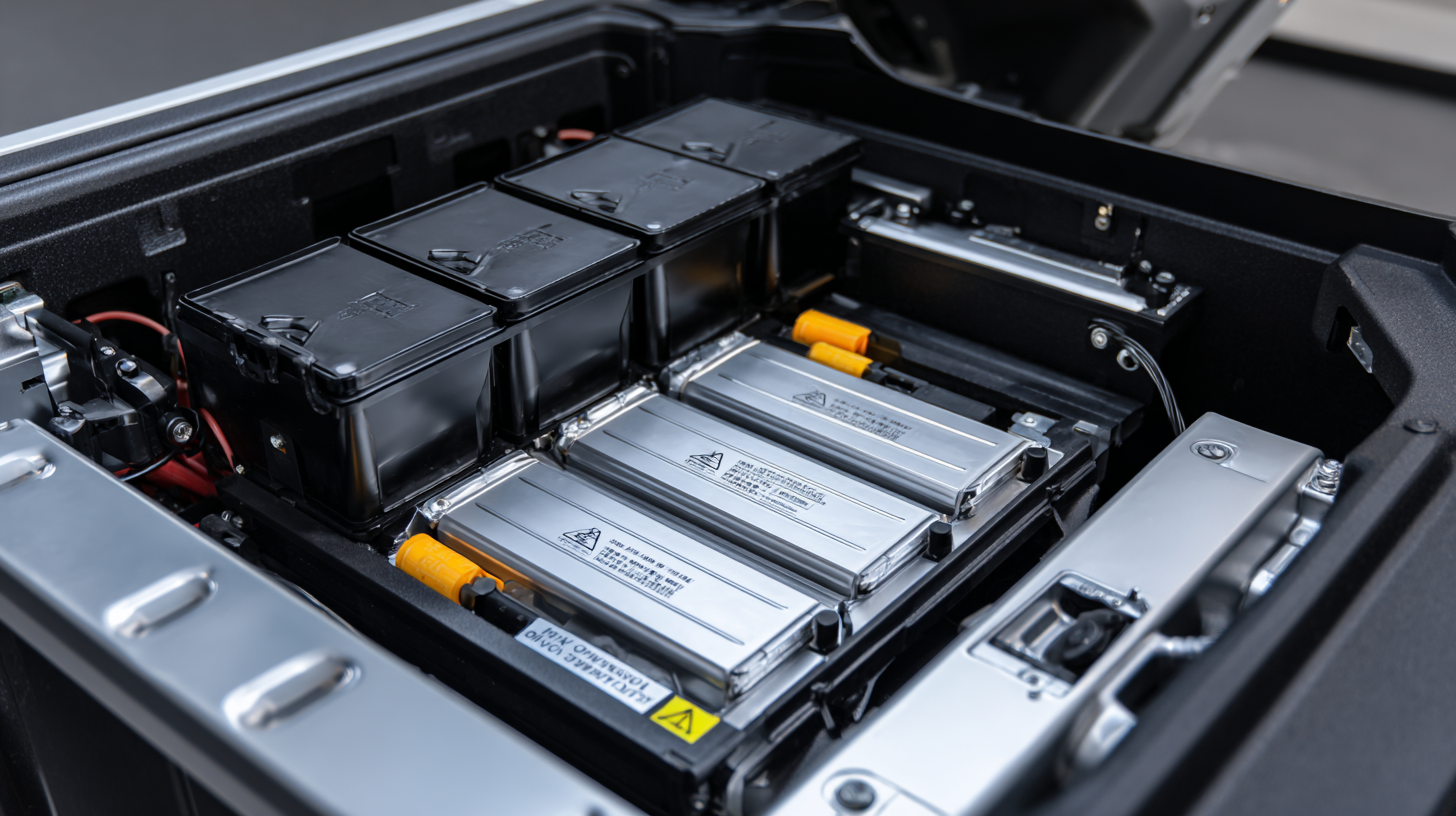 The adoption of 51.2 V 160ah lithium batteries presents a significant opportunity for
energy efficiency across various sectors. One of the primary advantages of these batteries is their
high energy density, which allows for more energy storage in a smaller footprint compared
to traditional lead-acid batteries. According to a report by Research and Markets, lithium battery systems can achieve
up to 300% more cycle life than lead-acid alternatives, resulting in reduced replacement costs and lower
environmental impact over time.
The adoption of 51.2 V 160ah lithium batteries presents a significant opportunity for
energy efficiency across various sectors. One of the primary advantages of these batteries is their
high energy density, which allows for more energy storage in a smaller footprint compared
to traditional lead-acid batteries. According to a report by Research and Markets, lithium battery systems can achieve
up to 300% more cycle life than lead-acid alternatives, resulting in reduced replacement costs and lower
environmental impact over time.
Furthermore, the efficiency of lithium batteries is underscored by their superior charge and discharge rates. Data from
the International Energy Agency reveals that lithium-ion batteries can operate at efficiencies exceeding 90%,
which enhances overall energy management within solar and wind energy systems. This level of efficiency not only maximizes
energy use but also supports sustainability objectives by minimizing waste and prolonging the useful life of energy
storage systems, aligning with global goals for cleaner energy solutions. The
increased efficiency and longevity of 51.2 V 160ah lithium batteries make them a reliable choice for both
residential and commercial applications striving for sustainable energy practices.
When considering the installation of 51.2 V 160Ah lithium battery systems, sustainability must be at the forefront of all practices. Proper site selection is crucial; the installation area should be well-ventilated and protected from extreme temperatures to enhance the battery's lifespan and efficiency. Additionally, using environmentally friendly materials and practices during the installation phase can significantly reduce the carbon footprint associated with these energy storage systems.
In terms of maintenance, regular monitoring of the battery’s state of charge and temperature is vital to prevent overcharging and overheating, which can affect longevity. Implementing a scheduled maintenance plan that includes periodic check-ups not only ensures optimal performance but also adheres to sustainable practices by minimizing energy waste. Furthermore, educating users on proper usage can foster longevity and efficiency, ensuring that the benefits of lithium battery systems are maximized while maintaining a commitment to sustainability.
To optimize the performance of 51.2 V 160ah lithium batteries, it's essential to focus on several key factors that contribute to longevity and efficiency. First, maintaining the correct charging cycles can significantly enhance the battery's lifespan. Avoiding deep discharges and using a smart charger that adapts to the battery's condition can prevent damage and optimize charging efficiency. Regularly monitoring the battery’s state of charge (SoC) and state of health (SoH) allows users to take proactive measures to maintain optimal performance.
Temperature management also plays a crucial role in maximizing battery efficiency. Lithium batteries operate best within a moderate temperature range; excessive heat can lead to degradation, while extreme cold can hinder performance. Installing the battery in a well-ventilated space and monitoring environmental conditions can help mitigate these issues. Additionally, employing smart energy management systems enhances efficiency by intelligently distributing power demand, reducing waste, and extending runtime. By implementing these strategies, users can unlock the full potential of their lithium batteries while promoting sustainability in their energy solutions.
This chart represents the performance metrics of 51.2 V 160ah lithium batteries based on efficiency over different discharge rates. The data illustrates how the battery's capacity can vary depending on the load, highlighting the relationship between efficiency and sustainability in battery usage.
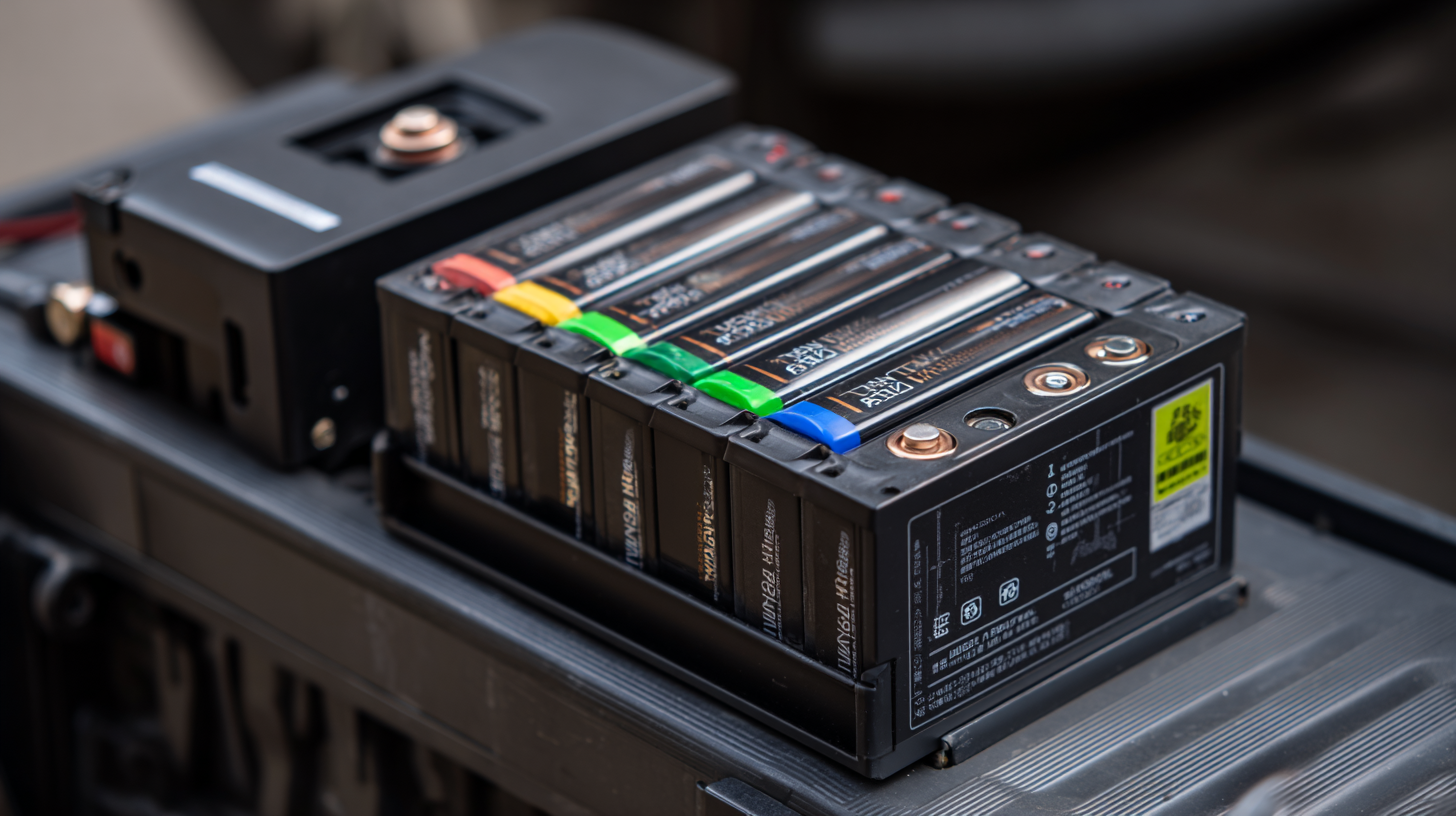 The shift towards electric transportation solutions is gaining momentum, with innovations like electric tuk-tuks leading the charge in urban mobility. A pivotal component of this evolution is the adoption of advanced lithium battery technologies, such as the 51.2 V 160ah lithium batteries. These batteries not only offer improved efficiency over traditional power storage solutions but also contribute significantly to sustainability efforts. According to industry reports, lithium-ion batteries can achieve an energy density of up to 300 Wh/kg, compared to lead-acid batteries, which only reach around 100 Wh/kg. This high energy density translates into longer operational ranges for electric tuk-tuks, enhancing their appeal to urban commuters.
The shift towards electric transportation solutions is gaining momentum, with innovations like electric tuk-tuks leading the charge in urban mobility. A pivotal component of this evolution is the adoption of advanced lithium battery technologies, such as the 51.2 V 160ah lithium batteries. These batteries not only offer improved efficiency over traditional power storage solutions but also contribute significantly to sustainability efforts. According to industry reports, lithium-ion batteries can achieve an energy density of up to 300 Wh/kg, compared to lead-acid batteries, which only reach around 100 Wh/kg. This high energy density translates into longer operational ranges for electric tuk-tuks, enhancing their appeal to urban commuters.
In terms of lifecycle sustainability, 51.2 V 160ah lithium batteries provide a remarkable longevity—often lasting over 2000 charge cycles—while traditional batteries typically need replacement after just 500 cycles. This reduces landfill waste and the environmental footprint associated with battery production and disposal. Additionally, with the global market for electric vehicles projected to grow at a CAGR of 22% through 2026, integrating high-capacity lithium batteries into electric tuk-tuks positions them as a viable alternative to conventional fossil fuel-powered vehicles, indicating a significant shift in urban transportation dynamics.




